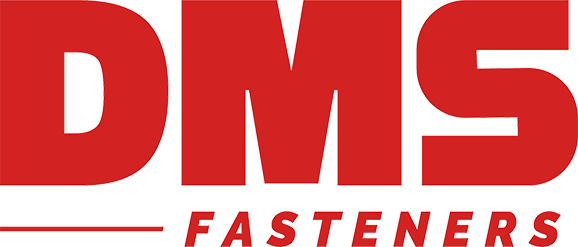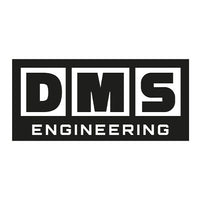
When embarking on a DIY project or working in construction, the vast array of screw head styles can be bewildering. Each style has its specific purpose, affecting everything from the aesthetics of your project to its structural integrity. This guide will illuminate the various screw head styles, from flat to pan to button, providing you with the knowledge to choose wisely for your next project. Understanding these differences is not just about technicality; it's about making your work as effective and efficient as possible. Let's tighten our understanding of screw head styles and ensure your projects are not only sturdy but also visually pleasing.
The Common Screw Head Styles
1. Flat (Countersunk) Head
- Description: Flat head screws are designed to sit flush with the surface of the material. The head is tapered, allowing it to countersink into the material, creating a smooth, clean finish.
- Ideal Uses: Woodworking projects where a smooth finish is crucial, like cabinetry or furniture making.

2. Pan Head
- Description: Pan head screws have a slightly rounded head that protrudes above the surface of the material. The sides of the head are vertical, not tapered, providing a more substantial bearing surface.
- Ideal Uses: Projects where the screw needs to be more visible or when the material is too soft to countersink, such as attaching hardware to cabinets.

3. Button Head
- Description: Button head screws are similar to pan heads but with a more rounded top. They offer a low profile compared to other head styles and are less likely to snag.
- Ideal Uses: Use in machinery or automotive projects where a smooth but not flush finish is needed.

4. Hex Head
- Description: Characterised by a hexagonal shape, hex head screws are driven with a wrench or a socket. This design allows for higher torque application compared to screw heads designed for screwdrivers.
- Ideal Uses: Commonly used in construction and machinery where a strong, secure hold is necessary, especially for bolts.

Choosing the Right Screw Head Style for Your Project
The selection of screw head styles depends on both aesthetic considerations and functional requirements such as the material's nature, the desired finish, and the application's structural needs. When in doubt, consult with professionals or refer to project plans for recommendations on the appropriate screw head style.



